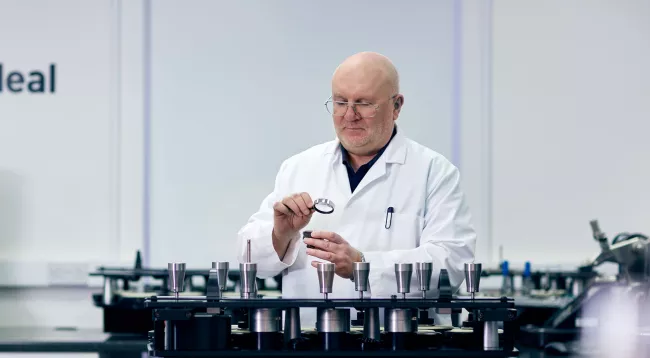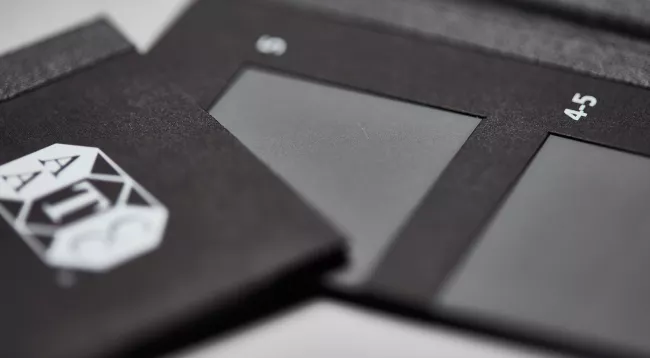In our latest installment of our Your Questions Answered series, we answer your questions on the Fundamentals of Wicking. In our recent Fundamentals of Wicking webinar, presented by our Business Development Manager Alex Mitchell, we were asked a number of interesting and informative questions. We've compiled them below...
Wicking Fundamentals: Your Questions Answered
Categories
Casi di studio
Scopra le aziende con cui abbiamo collaborato che utilizzano i nostri strumenti, materiali di prova e servizi.
Eventi
Si unisca a noi agli eventi dal vivo e alle prossime dimostrazioni online e approfondisca i test con i nostri esperti tecnologi tessili.
Strumenti
In questa pagina, troverà tutte le nostre notizie, i blog e gli articoli relativi ai nostri strumenti. Sia il primo a conoscere i nostri nuovi sviluppi di prodotto nel campo degli strumenti per il test dei materiali.
Interviste
Scopra le persone che stanno dietro a James Heal con le nostre interviste 'meet the expert', compresi i casi di studio dei clienti
Ultime notizie
Si aggiorni sulle ultime notizie e sugli aggiornamenti di James Heal.
Su richiesta
I nostri webinar gratuiti on-demand forniscono approfondimenti dettagliati con conoscenze specialistiche sui test tessili. Sono ideali per tutti coloro che si avvicinano a questo settore di analisi, ma anche per i professionisti del settore.
Storie di partner
Scopra di più sui nostri partner - articoli approfonditi sulle aziende con cui collaboriamo. Abbiamo partner con sede in oltre 60 Paesi del mondo.
Persone
Le nostre persone sono il cuore di tutto ciò che facciamo, per saperne di più sul nostro team
Tecnologia
Le nostre ultime notizie, blog e articoli relativi alla tecnologia James Heal. Scopra le novità nel mondo dei test sui materiali, le ultime tendenze e gli sviluppi del laboratorio e dell'hub di innovazione di James Heal.
Materiale di prova
Le nostre ultime notizie, i blog e gli articoli relativi ai materiali di prova, compresi i prodotti James Heal per i materiali di prova, nonché i consigli e i suggerimenti degli esperti dei nostri tecnologi tessili interni.
Test sui tessuti: Gli elementi essenziali
la serie 'The Essentials' è un'introduzione ai test tessili, che copre i principi di base e i metodi di test prodotti dai nostri tecnologi tessili interni.
Consigli e suggerimenti
Acceda a tutti gli articoli di conoscenza di James Heal TechTalk™ e ai nostri ultimi approfondimenti sulle prove sui materiali.












